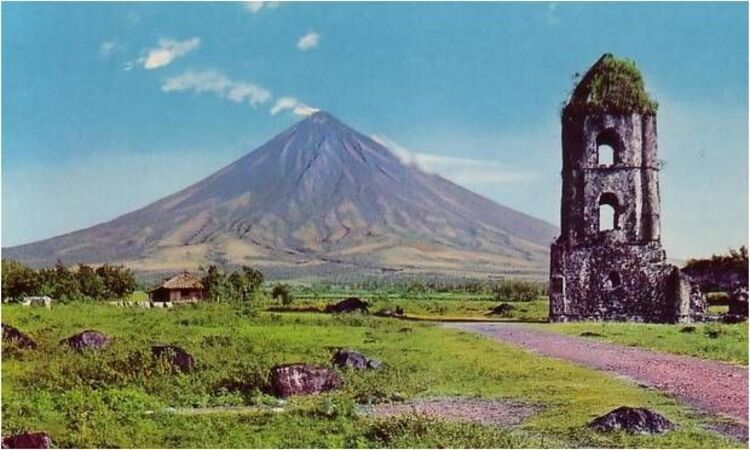On Friday, February 21, 2025, the Philippine Institute of Volcanology and Seismology (Phivolcs) issued a critical warning concerning the increased risk of lahar flows and flooding around Mayon Volcano. This advisory comes in response to persistent heavy rainfall in the Bicol Region, attributed to the shear line, as highlighted by the Philippine Atmospheric, Geophysical and Astronomical Services Administration (PAGASA).

Mayon Volcano, renowned for its near-perfect conical shape, is an active stratovolcano located in Albay province. Its frequent eruptions have deposited significant volcanic materials on its slopes and surrounding areas. These deposits, while stable under normal conditions, become highly susceptible to erosion and mobilization during periods of intense rainfall, leading to lahar flows—fast-moving mixtures of volcanic debris and water.
Phivolcs has identified several channels that are particularly vulnerable to these hazardous flows. Communities situated along the Mi-isi, Mabinit, Buyuan, and Basud channels are at heightened risk. The agency emphasized that “potential lahars and sediment-laden streamflows may occur along the Mi-isi, Binaan, Anoling, Quirangay, Maninila, Masarawag, Muladbucad, Nasisi, Mabinit, Matan-ag, Buyuan, Basud, and Bulawan channels in Albay province.”
The concern is amplified by the fact that volcanic deposits from Mayon’s recent eruptions, notably those between January and March 2018, as well as June and December 2023, remain on the slopes. These materials can be easily destabilized by continuous heavy rainfall, increasing the likelihood of lahar events. Such flows can cause extensive damage to infrastructure, and agriculture, and pose significant threats to human life.
Historically, the region has experienced the devastating effects of lahars. For instance, in 2006, Typhoon Durian triggered massive lahar flows from Mayon, resulting in widespread destruction and loss of life. This historical context underscores the importance of the current advisory and the need for proactive measures.
In light of the prevailing conditions, Phivolcs urges local government units and residents in high-risk areas to remain vigilant. It is imperative to stay informed through regular updates from PAGASA and Phivolcs. Communities are advised to prepare for possible evacuations, secure their belongings, and avoid traversing river channels and low-lying areas during heavy rains.
The collaboration between Phivolcs and PAGASA exemplifies the proactive approach taken by Philippine agencies to mitigate natural hazards. By issuing timely warnings and detailed advisories, they aim to reduce the adverse impacts of natural disasters on vulnerable communities.
Residents are encouraged to heed official advisories and not to rely on unverified information. Preparedness and adherence to safety protocols are crucial in ensuring the safety and well-being of communities residing near Mayon Volcano during this period of increased risk.
